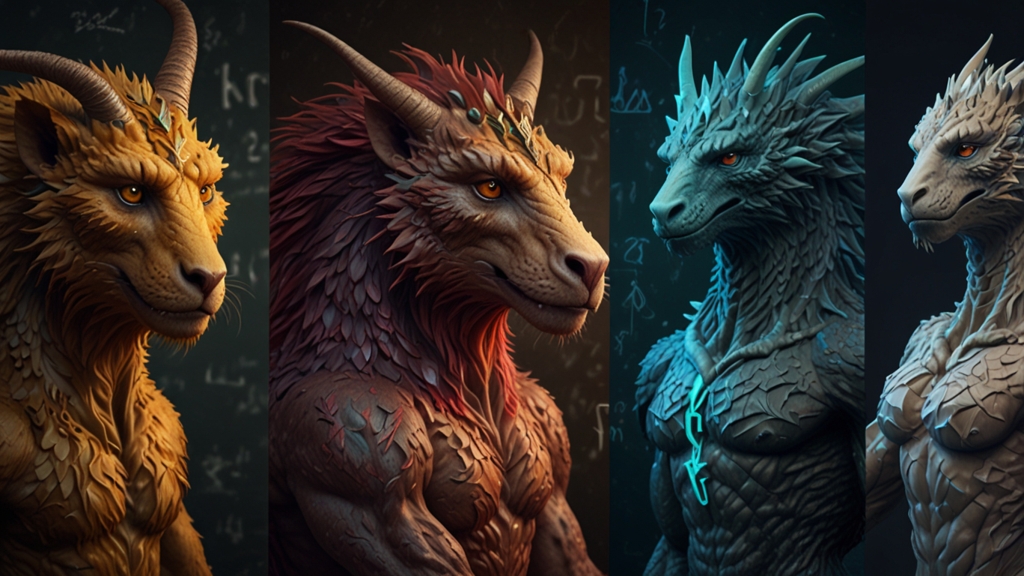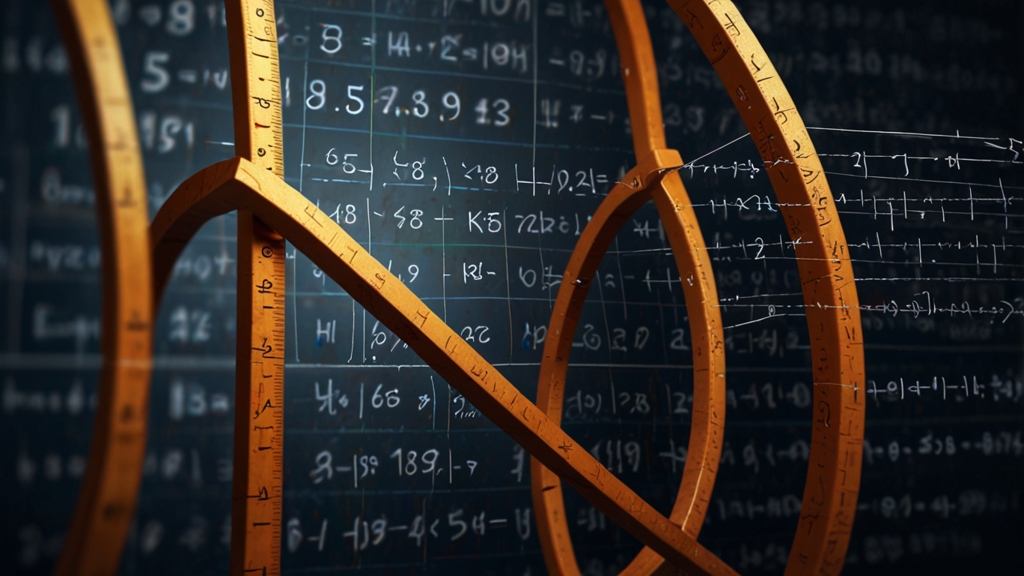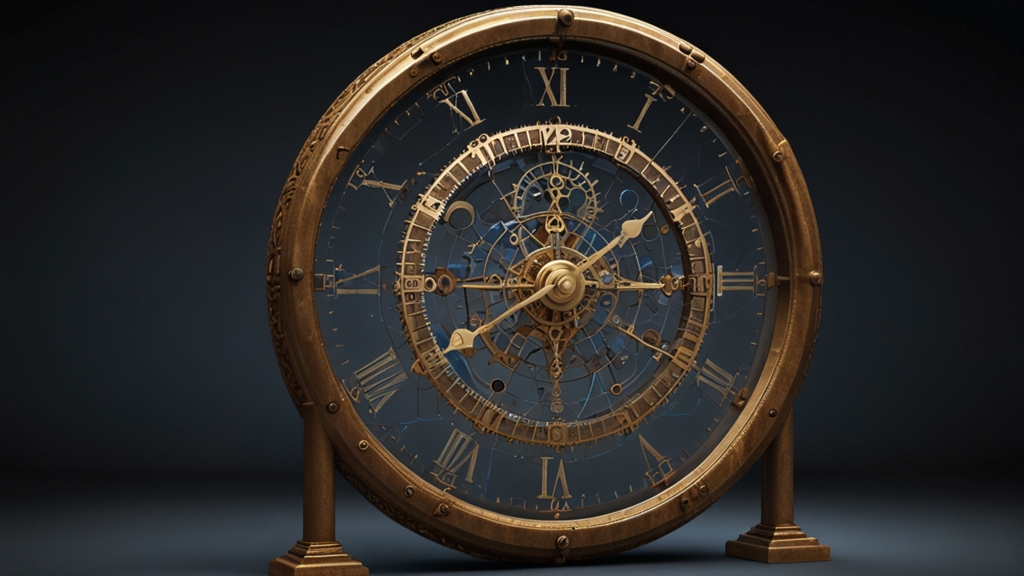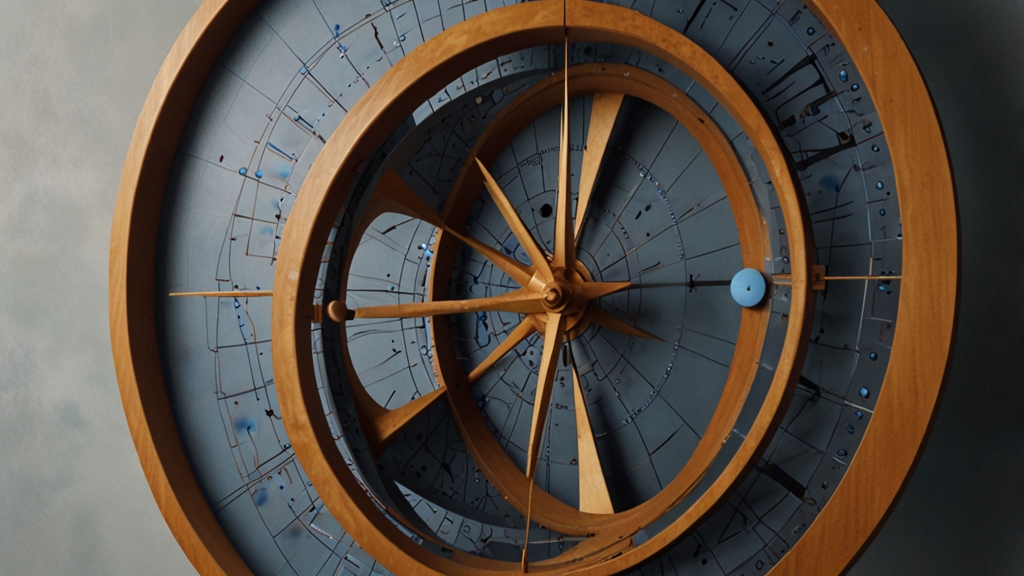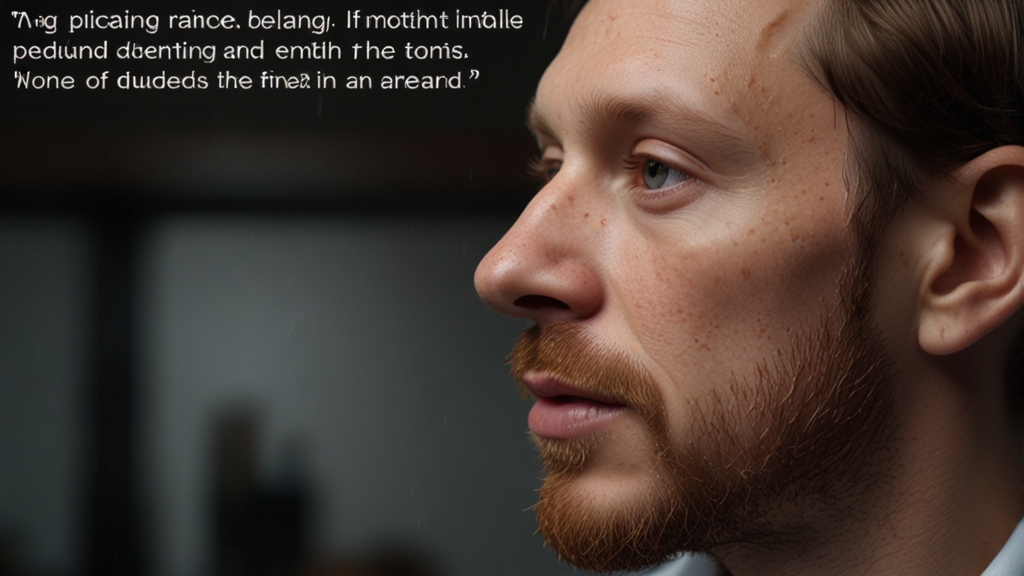Mythical Beasts of Math: Discovering the Stories Behind Rare Concepts
Mathematics, often deemed the universal language of science, is punctuated with concepts that are as elusive and fascinating as mythical beasts. These mathematical oddities, which defy intuition and challenge our understanding, are more than mere curiosities—they open portals to deeper truths and novel insights. This article embarks on a journey to discover the stories behind some of these rare and enigmatic concepts.
The Infinitesimal Hydra: The Banach-Tarski Paradox
Imagine a mythical beast that can regenerate two heads for every one that is cut off. The Banach-Tarski Paradox is a mathematical equivalent of such a hydra—a phenomenon where a solid sphere in 3-dimensional space can be divided and reassembled into two identical spheres, each the same size as the original. This paradox defies our everyday understanding of volume and solid objects, challenging the very nature of our spatial reality.
"The Banach-Tarski Paradox demonstrates that our intuitive grasp of volume and congruence falls apart in the face of mathematical abstraction. It beckons us to peer into the strange and wondrous world of set theory and infinite decomposability."
Proposed by mathematicians Stefan Banach and Alfred Tarski in 1924, this paradox hinges on the Axiom of Choice and the properties of non-measurable sets. While it might not have practical applications in the physical world, it underscores the tension between geometric intuition and mathematical formalism.
The Elusive Siren: The Riemann Hypothesis
One of the most beguiling and elusive problems in mathematics is the Riemann Hypothesis. Like a siren calling to mathematicians, it suggests that all non-trivial zeros of the Riemann zeta function have a real part equal to 1/2. First posited by Bernhard Riemann in 1859, this hypothesis holds profound implications for the distribution of prime numbers.
"The Riemann Hypothesis is a tantalizing mystery shrouded in complex analysis. It resonates through the structure of the primes, promising a deep and yet hidden harmony in the seemingly chaotic world of prime distribution."
If proven true, the Riemann Hypothesis would provide a key to unlocking many other unsolved problems and conjectures in number theory. Despite numerous advancements and partial results, a complete proof remains as elusive as ever, inspiring both awe and frustration in equal measure.
The Quantum Chimera: Non-Commutative Geometry
Non-commutative geometry, a field pioneered by Alain Connes, is akin to a chimeric beast—a fusion of algebra and geometry that defies traditional boundaries. In classical geometry, coordinates commute (xy = yx), but non-commutative geometry explores spaces where this property does not hold. This concept finds applications in quantum mechanics, where the positions and momenta of particles do not commute.
The beauty of non-commutative geometry lies in its ability to generalize the notion of space, offering a new lens through which to view quantum physics and other complex systems. It is a testament to the power of abstraction and the endless possibilities that mathematics can unveil.
The Incompleteness Griffin: Gödel's Incompleteness Theorems
In the realm of mathematical logic, Kurt Gödel's incompleteness theorems stand as formidable griffins guarding the boundaries of our formal systems. Gödel demonstrated that any sufficiently powerful and consistent axiomatic system cannot prove all truths about the arithmetic of natural numbers. Moreover, such a system cannot even prove its own consistency.
"Gödel's incompleteness theorems shattered the dream of an all-encompassing mathematical framework. They reveal inherent limitations in our formal systems and remind us of the profound humility required in the pursuit of knowledge."
These theorems, published in 1931, have far-reaching implications not only in mathematics but also in philosophy, computer science, and artificial intelligence. They highlight the inherent limitations of any formal system, inviting us to ponder the nature of truth and the scope of mathematical reasoning.
Conclusion
The mythical beasts of mathematics—whether they be paradoxes, hypotheses, new geometries, or theorems—serve to expand our horizons and deepen our understanding. Each of these rare and enigmatic concepts challenges us to think beyond the limits of intuition and conventional wisdom. In doing so, they not only enrich the field of mathematics but also inspire a sense of wonder and curiosity in all who dare to explore their mysteries.
